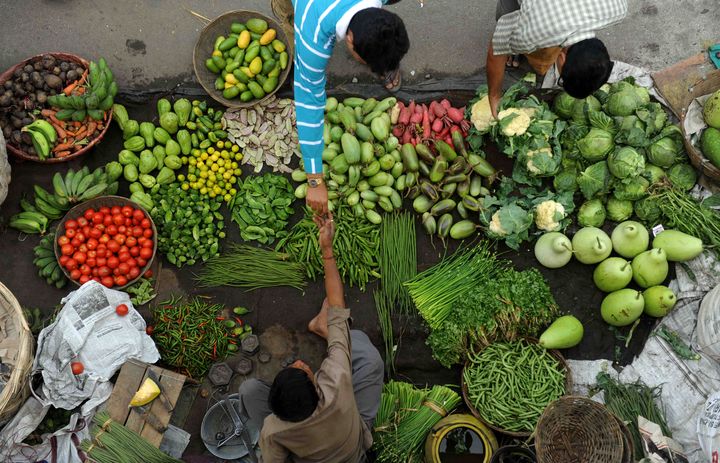
The government on Friday said it would not release the National Statistical Office survey on consumer spending in 2017-18 after Business Standard published an exclusive report by Somesh Jha which said that spending had fallen for the first time in over four decades.
“In view of the data quality issues, the Ministry has decided not to release the Consumer Expenditure Survey results of 2017-2018. The Ministry is separately examining the feasibility of conducting the next Consumer Expenditure Survey in 2020-2021 and 2021-22 after incorporating all data quality refinements in the survey process,” the Ministry of Statistics & Programme Implementation’s statement said, NDTV quoted.
The report on the NSO survey was approved for release on June 19, 2019 but withheld due to “adverse” findings, Jha had found. The government has denied this.
Sources told Jha the government has appointed a committee to look into the data and had been told there was no defect in the report.
The survey was held a little after demonetisation and during the period in which GST was implemented.
It found that consumer spending fell by 8.8% in villages in 2017-18.
“Experts said a dip in consumption expenditure indicated an increasing prevalence of poverty in the country. The data set also corroborates a shortage of demand in the economy, driven by the rural market.”
- Somesh Jha, Business Standard
Consumer spending rose in cities by 2% over six years, the report said.
Experts told Jha the most worrying trend in the NSO report was the decline in food consumption, which implied increased malnutrition.
You can read the full Business Standard report here.
Previously, the government had withheld the release of the NSO report on India’s unemployment rate. Jha published a scoop in January based on numbers from the report which showed that the unemployment rate stood at a whopping 45-year high of 6.1% in 2017-18.
Two non-government members of the National Statistical Commission (NSC) had resigned, partly because of the government’s refusal to release the report, which the body had approved in December.
Earlier this month, the Centre for Monitoring Indian Economy’s data showed India’s unemployment rate in October rose to 8.5%, the highest since August 2016, and up from 7.2% in September, reflecting the impact of a slowdown in the economy.
On Thursday, Moody’s revised its forecast for India’s GDP growth down to 5.6%. This is was the third straight downward revision by the credit rating agency.
“India’s economic growth has decelerated since mid-2018, with real GDP growth slipping from nearly 8 per cent to 5 per cent in the second quarter of 2019 and joblessness rising,” it said.
Economist Arun Kumar, widely considered to be an authority on black money in India, told HuffPost India’s Akshay Deshmane that Indian economy has entered a full-blown recession.
India’s Former Chief Statistician Dr Pronab Sen had said in September the “principal source” of India’s current economic slowdown was the “liquidity crunch” that resulted from demonetisation in 2016.